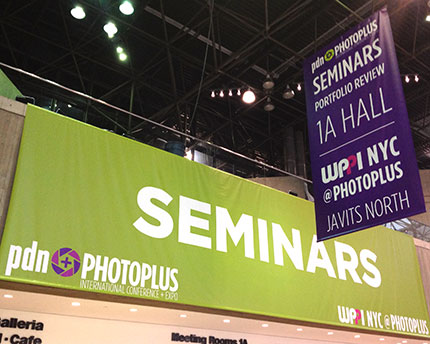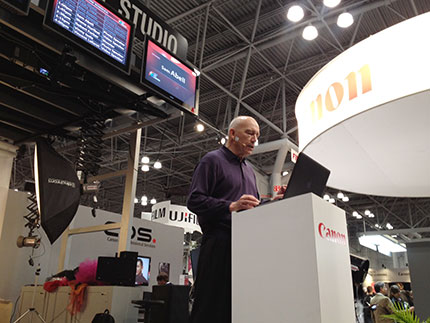Here are the top 8 most common mistakes I have seen military applicants make this season. The good news is that just about all of these can be addressed...
8. Not coaching theirrecommenders sufficiently
It’s the applicant’s responsibility to coach and educate hisrecommender, but often this is a senior officer, and doing so is contrary tothe military chain of command and protocol. This awkwardness often leads tomiscommunication and a “hope for the best” approach that won’t cut it.
Recommenders should ideally show new perspectives on theapplicant, reinforce key applicant value propositions, and shore up perceivedweaknesses. Often none of these happen in a military letter of recommendation.Some senior military leaders have written many letters, and are familiar withthe process. Others however may not have a clue for what makes a good LOR, andmay revert to language found on an applicant’s military performance report, whichis often vague and full of not very useful hyperbole.
Applicants should coach their recommenders by making surethey understand what it is business schools look for, and educate them on theirown applications and aspirations so that the recommender can do his part.
Lastly, applicants should follow up regularly with therecommender to make sure the LOR is turned in on time, as late recommendationsare unfortunately more common than they should be. If a recommender is waitinguntil the last minute to write your letter, that is also a bad sign he is notinvesting the time and thought necessary to write a compelling recommendation.
7. Thinking that theyshouldn’t try to communicate specific career goals because they don’t knowbusiness well enough
“I don’t know anything about business, so I can’t write aspecific career goals essay.” This is an initial approach taken by manymilitary applicants. Showing that you have sufficient introspection to knowwhat kind of career you want topursue, and the ability to follow through with research as to what thatactually means, is part of the point of a career goals essay. Not havingbusiness experience is not an excuse.
6. Not having enoughnon-military people review their application
A military applicant can write an essay that he is in lovewith, and all his military peers may also love it, but it might be confusing,offensive, or just completely incomprehensible to a civilian reader who has nevermet anybody from the military. If you have ever returned to your hometown afterlosing a member of your unit on a deployment, and heard for example,“Afghanistan? Oh, do we still have troops there?” – Then you already know whatI am talking about. There is a large part of America that is largely insulatedfrom the military. While we should give the admissions committee the benefit ofthe doubt, it is still to your benefit to get people who you would neverotherwise engage with to provide feedback on your essays. I mean people wholive far away from military bases, who don’t know anything about the military,and are a different gender and generation from you. Getting their perspectivemay point to serious holes in your assumptions about what some people actually know.
5. Writing a resumewithout a civilian perspective
This one is pretty straightforward. Translating yourmilitary accomplishments into civilian friendly language, getting rid of alljargon, and emphasizing what is important to a civilian reader necessitateshelp from a civilian who knows how to write proper resumes. Make sure you havea trusted advisor for this step.
4. Underestimatingthe GMAT
Never count on a GMAT score until you have taken theofficial test. I’ve seen applicants who sometimes consistently score 700 onpractice CAT exams end up walking out of the testing center with something inthe high 500s. That may be an extreme case, but it’s not uncommon for applicantto score 50-100 points less than they hoped for on the day of the actual exam.The reasons for this are outside the scope of this article, but the point isthat don’t count on a score until you have an official one in hand. This meansthat you shouldn’t go forward with your application with a plan to just takethe GMAT late in the ballgame and assume a top score. Taking such a strategyhas caused many to delay for a later round, or force an application with a poorscore.
The best thing to do is to take the GMAT well in advance….Well before even starting applications. Having a score in hand will free you upto completely focus on the application itself, and give you a better idea onwhich schools you should apply to as well. If it’s too late to take it well inadvance (at least 6 months prior to the application), then at least leave timeto retake the exam a second time after 4-6 weeks if needed. One’s first shot atthe GMAT really ought to therefore be an absolute minimum of 10 weeks prior tothe application deadline. I also advice applicants not to work on their GMATprep and essays at the same time if possible. Either is difficult enough on itsown and takes a full commitment.
3. Underpreparing forthe interview
Most military applicants have never had a b-school styleinterview in their lives. Knowing how to properly handle insightful questions,awareness of how to read and communicate body language, engaging theinterviewer in conversation (not just monologue), feeling confident speakingabout your history, your future plans, your familiarity with the school, andcurrent market events, all take some serious time and effort.
Between the GMAT and essays, some applicants may spendhundreds of hours towards their application. With the interview weighing in asmuch as a third of your overall application, spending an hour or two inpreparation shows a complete asymmetry in one’s planning. It would be likespending 200 hours preparing for ingress and egress on a mission, and spending2 hours for actions on objdctive. Make sure you get the support you need toprepare if you are unfamiliar with these styles of interviews.
2. Assuming theirmilitary experience is unique
Military applicants sometimes think that theirinternational, Pentagon, or MOS experience, by themselves, makes them unique enoughto stand out from the crowd. Similarly, some applicants with weak GPAs from aservice academy think/hope they will be cut a break from schools because lifeat a service academy is more demanding than non-service academies. All of theabove are poor assumptions to make.
Of all the military applicants at a school like HBS, it isunlikely any MOS or deployment experience is the first they have seen. It islikely there is at least one, if not a half dozen or more other applicants witha similar enough profile. Furthermore, there are plenty of applicants with topGPAs from military academies, so the thought that attendance at a serviceacademy, by itself, will mitigate a low GPA, is also a poor assumption. Inother words, one should not over-assume strengths or underplay weaknesses incomparison to his competition.
None of the above implies that one’s military orundergraduate experience cannot be leveraged to deliver a great application.Certainly some experiences can be very compelling; they just can’t be assumedto be enough. It will still take a lot of effort to find your voice.
1. Self-selecting outof top schools
“I don’t have the stats for my dream school, so I’m notgoing to apply.” – More often than not, this is wrongly assumed. GPA and GMATare not the only criteria… and why would you ever self-select yourself outanyway? At worst case, you lose the application fee and spent some timeadjusting/improving your portfolio of application essays. Why not let theschool make the final decision? The only way to guarantee you won’t get in is notto try.







